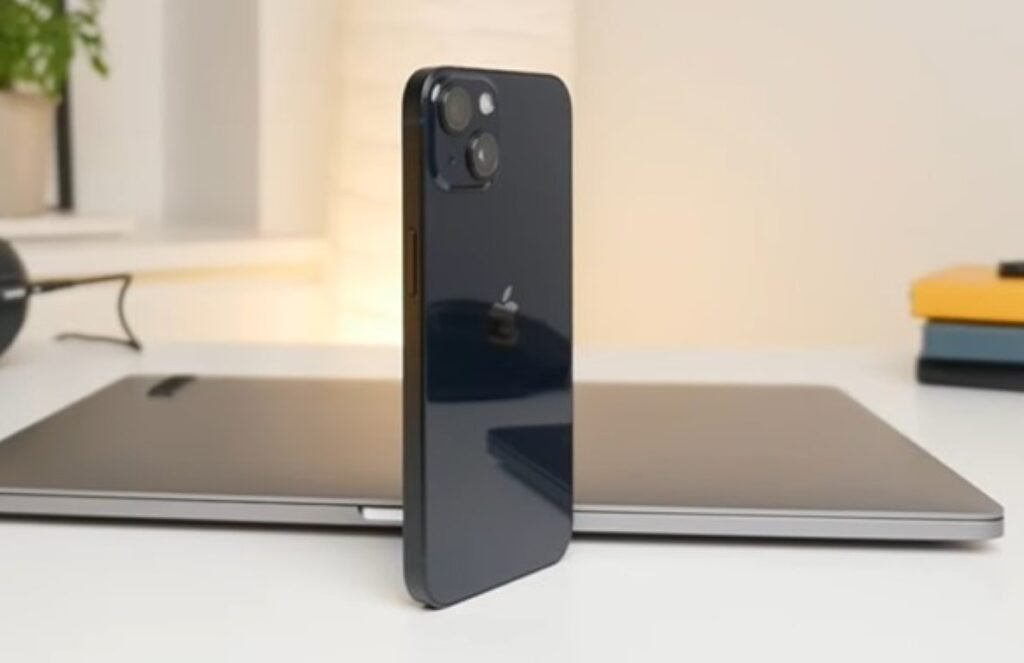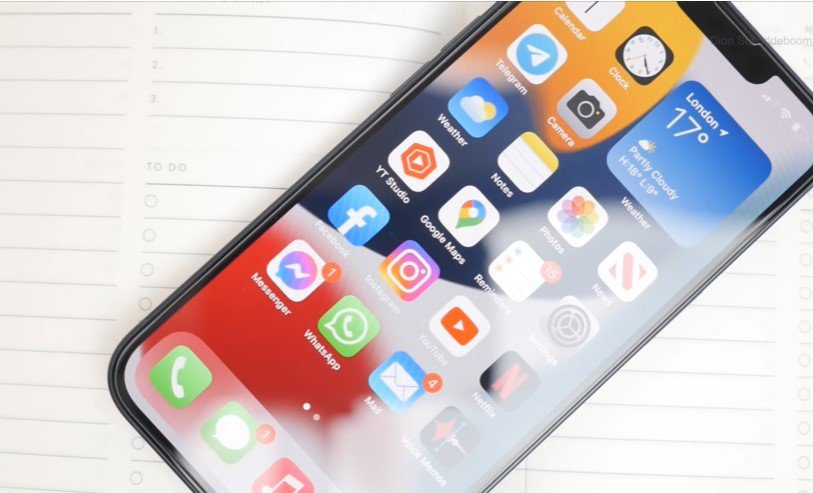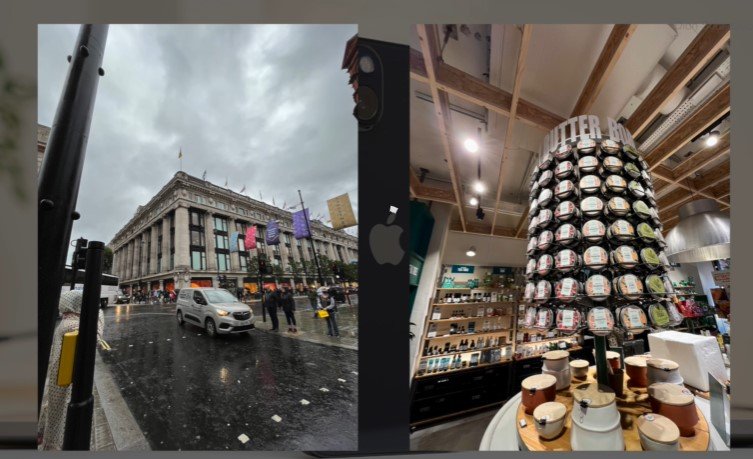If you’re thinking of buying the iPhone 13, this is the video for you! With improved cameras, a brighter display, smaller notch, A15 processor, bigger battery, and more, let’s dive in.
Design

The iPhone 13 retains the sharp angular design from the iPhone 12. Personally I prefer the industrial feel with sharp corners over the rounded edges seen in older models. It has a matte aluminum frame with a glossy glass back, which feels great despite lacking the stainless steel of the Pro models. The iPhone 13 is slightly thicker and heavier than its predecessor to accommodate a bigger battery.
The phone is also water-resistant, surviving up to 30 minutes in 6 meters of water. While I wouldn’t swim with it, it’s reassuring for rainy conditions.
Display

The iPhone 13 introduces new color options, with my pick being Midnight dark color with subtle blue undertones that shine in sunlight. The OLED display features 460 PPI making it crisp and clear with no visible pixels. It’s also brighter than the iPhone 12 reaching 800 nits and up to 1200 nits with HDR content.
If you’re after a smaller screen, the iPhone 13 Mini offers the same features in a compact size. The display delivers vivid colors and sharp contrast thanks to its OLED technology with deep blacks providing an immersive experience. However, for those wanting a 120Hz refresh rate, the iPhone 13 Pro is the way to go.
Performance
Powered by the A15 Bionic chip, the iPhone 13 delivers fast GPU and CPU performance. Whether gaming, photo editing or multitasking the phone never lags. Apple’s extended software support means the phone will stay up-to-date for 5-7 years. Plus all iPhone 13 models now start with 128 GB of storage double that of previous base models.
Battery
Battery life is a significant improvement with the larger battery providing excellent performance. As a heavy user I easily got through a full day of use and with lighter usage up to two days. Expect around 6-8 hours of screen-on time. While 4K filming will drain the battery faster everyday performance exceeded expectations. Like previous models the iPhone 13 doesn’t come with a charger in the box.
Cameras
The iPhone 13’s new dual-lens system has larger sensors to capture more light, improving photography. It features a 12 MP wide-angle f/1.6 lens and an ultra-wide f/2.4 lens. The 3x telephoto lens is reserved for the Pro models.

With 4K video recording at 60 fps, the camera is perfect for starting out on YouTube. Sensor-shift stabilization previously limited to the 12 Pro Max, is now included providing smooth stable videos.
The camera also introduces Photographic Styles, allowing users to adjust the look of their photos dynamically like changing the picture profile on a DSLR. Additionally Cinematic Mode offers a portrait mode effect for videos adjusting focus automatically. Though it’s not perfect it holds promise for future updates.
Conclusion
- 6.1-inch Super Retina XDR display
- Cinematic mode adds shallow depth of field and shifts focus automatically in your videos
- Advanced dual-camera system with 12MP Wide and Ultra Wide cameras; Photographic Styles, Smart HDR 4, Night mode, 4K Dolb…

If you have an iPhone 12, upgrading to the iPhone 13 might not be worth it since the differences are minor. However if you’re using an iPhone 11 or older the improved design cameras OLED display, and battery life make it a worthy upgrade.
Between the iPhone 12 and 13, I recommend the 13 offers better cameras, a faster processor and double the base storage for a small price difference. If you don’t need the Pro’s 120Hz display or enhanced camera system the standard iPhone 13 will likely suit most users perfectly.
![Apple iPhone 13 (256 GB, Green) [Locked] + Carrier Subscription](https://m.media-amazon.com/images/I/315vs3rLEZL._SL500_.jpg)